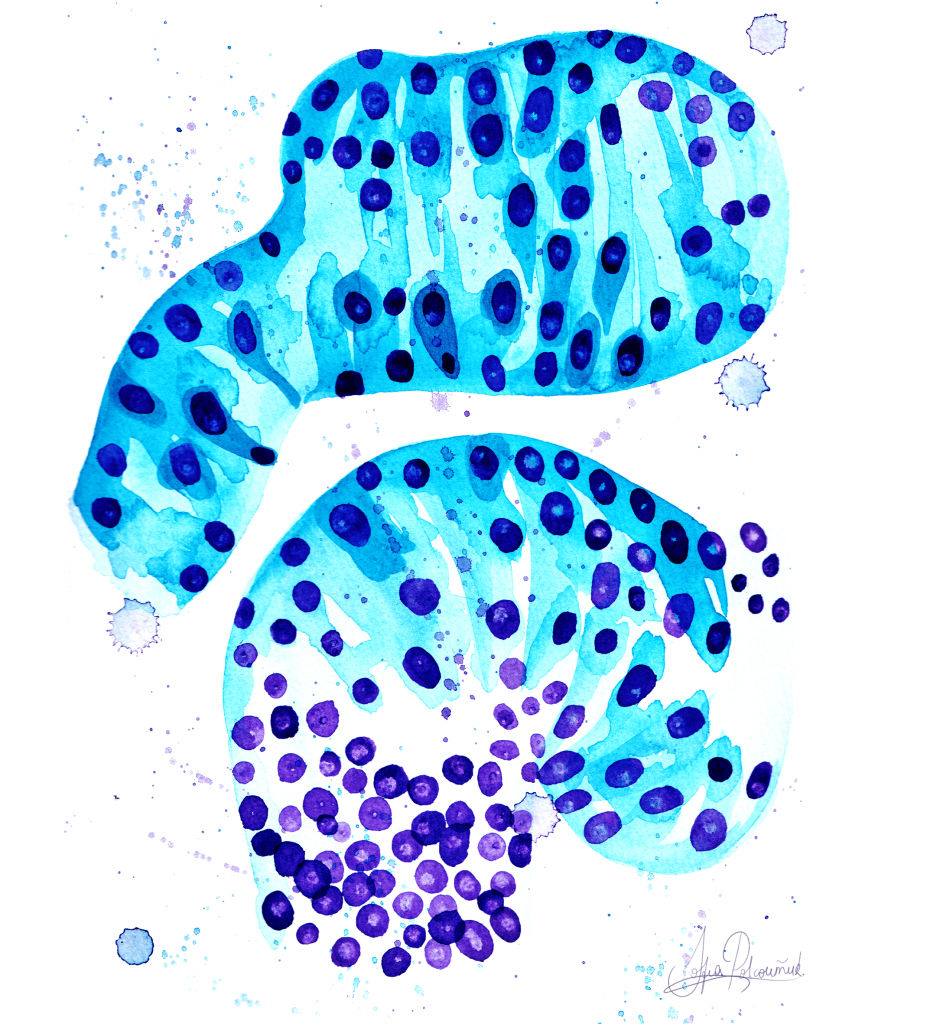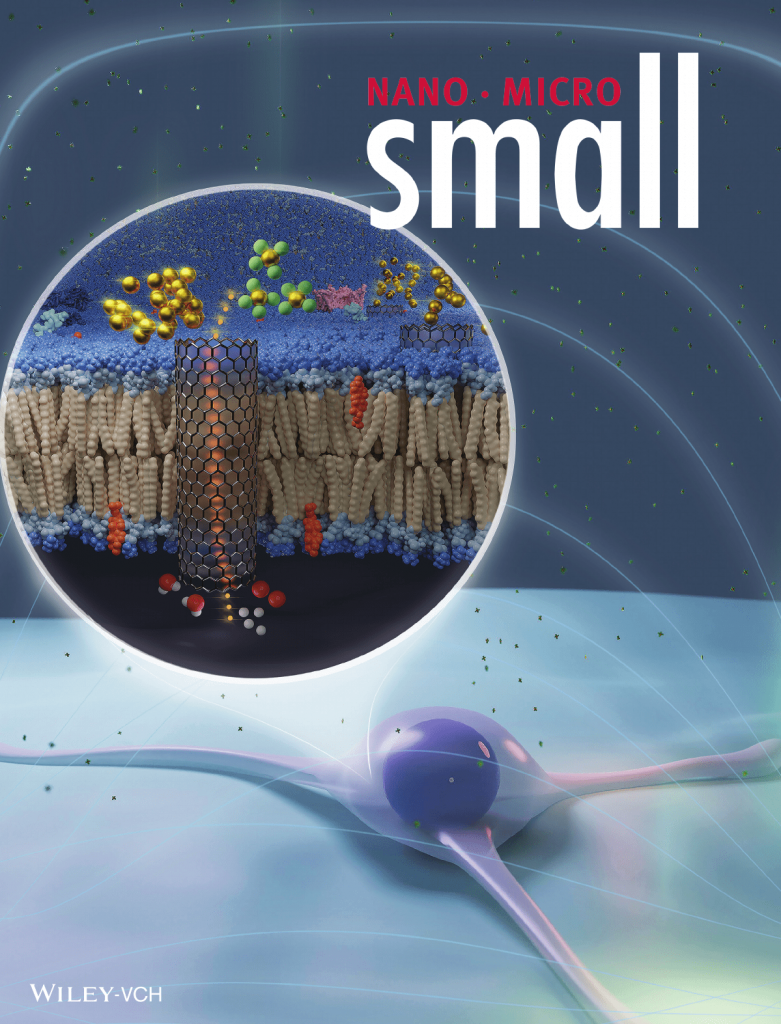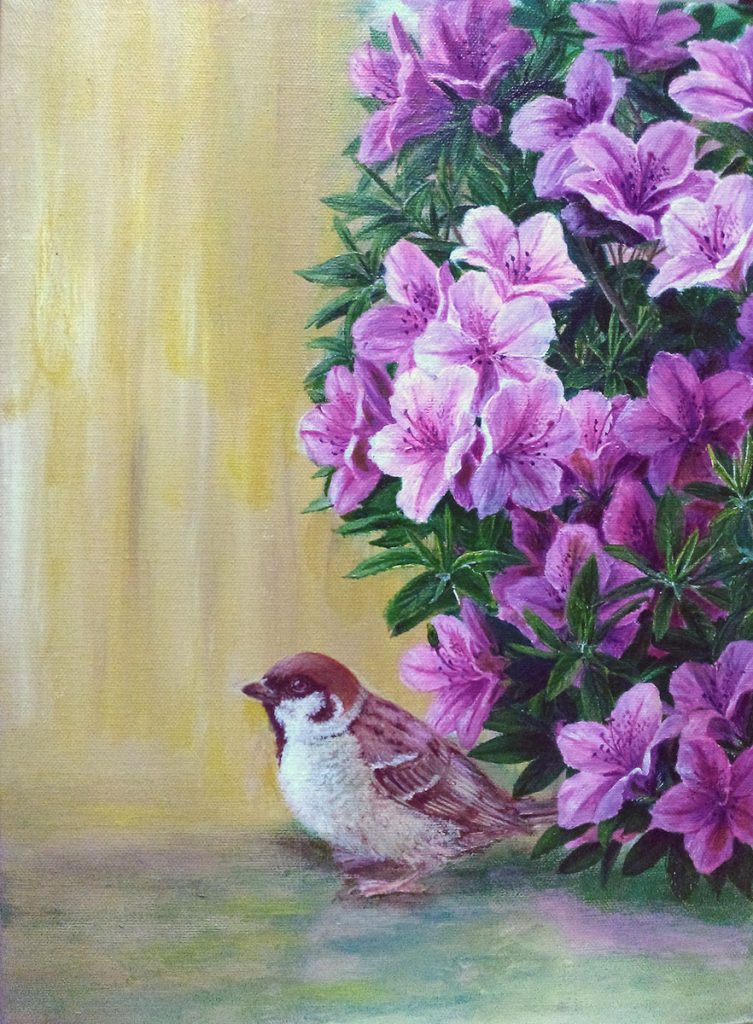If there’s any respite to be found from the difficult times that seem to surround us, it’s in art. Art that is moving and beautiful, ...Thank you for reading, please visit Art the Science's Blog for more amazing SciArt...
If there’s any respite to be found from the difficult times that seem to surround us, it’s in art. Art that is moving and beautiful, intriguing and awe-inspiring, and reflects life in the most earnest way. I find this to be true in the work of Daphne Boyer, a visual artist and plant scientist of Red River Métis descent.
Using high resolution photographs of various berries and plant material (or porcupine quills) as digital beads—what she calls the “Berries to Beads” technique—Boyer creates vibrant works that pay homage to traditional handwork, celebrate her Indigenous heritage, and honour the lives of her kin. The digital nature of her work allows her to, in her words, “scale up, scale down, play with it, and make big stories about small original works.”
With ancestors who were founding members of the first Métis nation in Red River (located in Manitoba), Boyer is poised to tell the stories of her heritage. Boyer’s mother, an archivist and storyteller of Métis ancestry, retained important documents and stood up to her Catholic French family who were in denial of their Métis ancestry. Describing her mother as a strong woman and wonderful spirit who was way ahead of her times, Boyer adds that she “opened the door for [her] generation to claim this part of our ancestry, which was really beautiful.”
Growing up, Boyer picked berries and sold them to local doctors to pay for Girl Guide camp, and recognized that she wanted to be an artist. She enrolled in textile design in an art school but learned that the chemicals made her very sick. “As a somewhat sad second choice, my husband and I ended up restoring a large garden that was originally planted by [Evelyn Lambart,] the first woman film animator at the National Film Board,” Boyer shares. They spent 11 years restoring that garden, and in that atmosphere Boyer found herself overwhelmed with a need to express herself. Her partner built a studio for Boyer to experiment with different materials, to figure out what she could work with. In a ski-doo suit and boots, with the windows open wide to wintry air, she determined she could work with acrylic paint, plant material, and a camera, which now form the basis of her art.
With no formal training, self-doubt crept in but was immediately extinguished by her supportive partner and several successful grant applications. Since 2017, Boyer has taken on her art full time, working with a team composed of Barry Muise, Lina Samoukova, and Etienne Capacchione. Together they developed Boyer’s signature “Berries to Beads” technique, but it wasn’t without some trial and error. Experimenting with how to use real berries as physical beads didn’t pan out so well. “That whole summer, working hard, [we] ended up with a mound of jam and huge disappointment,” says Boyer. “And I just, I was devastated. I’d spent my grant money and then came this flash… Well, I can do this photographically.”
In Victorian times, when there was cause to regenerate lost things in art, Métis women became master beaders of floral designs, which Métis men wore when they travelled and shipped goods. Boyer says “they would travel between Indigenous communities, from one to the other,” them and their dogs in elaborately beaded clothing. “It was like you could hear them coming from miles away with these dogs and the jingles and the colour and the snow, when they would arrive into the fort in a spectacular show.” What were just scatterings of seeds inspired blooming beadwork, which spread across the country as cultural emblems.
Wanting to learn more about how her family fit into the history of Métis people in the Red River district, Boyer met Dr. Maureen Matthews, Curator of Ethnology at the Manitoba Museum, who showed her a number of artifacts—one being “Moss Bag H4-2-13,” created by an unknown Métis-Dene artist. This artifact was a baby carrier that was adorned with a magnificent array of floral beadwork, with the Métis infinity sign embedded in a rose on the right of the design. Boyer was so taken by this artifact that she recreated an 8-ft-long version using her “Berries to Beads” technique.
 Moss Bag (2021) by Daphne Boyer, photo taken by Lina Samoukova
Moss Bag (2021) by Daphne Boyer, photo taken by Lina Samoukova
“It is thought that these women had adopted the techniques, these floral patterns, but they also embedded in those floral patterns bits of their own spiritual beliefs, and also the resistance to colonization,” says Boyer. “And it is thought that this kind of thorny stem reflects in a very subtle way, a rejection of colonization and that the rosebuds really reflect the potential to bloom, that things are unfolding.”
When you look at her work, vibrance leaps off of it—the result of Boyer’s grit and passionate obsession with detail. The digital berries appear as though you could reach your hand through the frame and grab a handful. Realism is a natural effect of photography, but it’s the arrangement that weaves meaning into the final work. “I see each finished work as raw material for the next generation of work,” says Boyer. “And in that way, I’m embedding, like DNA, I’m embedding the generationality of the stories I’m telling into the works.”
 Barn Owl and Moon (2019) by Daphne Boyer, photo taken by Lina Samoukova
Barn Owl and Moon (2019) by Daphne Boyer, photo taken by Lina Samoukova
Hemoglobin is a woven tapestry of cranberry images (or tiles), printed at different scales and stitched together. “It moves like it’s breathing,” Boyer says, as it embodies the last breath of her mother Anita, who was a lifelong yoga practitioner and died in shavasana, the corpse pose.
Using berry tiles that allude to Hemoglobin, Barn Owl and Moon celebrates Anita’s life-long enchantment with owls, harbingers of guests. An owl glides in a sky of midnight blue berries—a distinct contrast to the lively red hue of Hemoglobin. It suggests that Anita’s spirit now resides in the other world, from which she sends owls to tell her family when she’ll be visiting. “We often hear [the owls],” Boyer says. “We say, there’s Mum, [and] we’ll go to the window and listen.”
 Birthing Tent (2021) by Daphne Boyer, photo taken by Lina Samoukova
Birthing Tent (2021) by Daphne Boyer, photo taken by Lina Samoukova
The incredible Birthing Tent comprises a large velvet canopy, printed with a constellation of the oxytocin molecule, and from it wide silk ribbons of various patterns rain down. The ribbons represent the babies that Boyer’s great-grandmother Éléonore, an itinerant midwife, helped birth. The canopy, hung “like a bosom,” and ribbons pull visitors into a motherly embrace, and the oxytocin molecule formalizes our bond with others. “My grandmother Clémence and also Éléonore, they weren’t cuddly women. They were strong, fierce women,” Boyer shares. “And by the time I came along, my grandmother had raised more than 25 children. And she was not interested in me. So this is a bit of a fantasy about being held.”
It’s been commonly accepted that time heals all wounds, but art has a healing power more potent than that felt by the slow drag of the sun across the earth. Last year in On Beaded Ground, a group show at the University of Victoria’s Legacy Art Gallery, Boyer was stunned by the effect of her work. “People came into the show, and they cried,” she says. “They said, this work is so healing.” Community engagement is an integral part of all Boyer’s shows, as is working with other Indigenous artists and communities.
 Birthing Tent (2021) by Daphne Boyer, photo taken by Lina Samoukova
Birthing Tent (2021) by Daphne Boyer, photo taken by Lina Samoukova
When asked what’s next for her, Boyer says, “Somebody interviewed me recently and said, ‘Well, when are you going to turn this technique over to the next generation?’ I thought: That’s an assumption, that’s an ageist assumption. I got a lot of miles left in me, and I’m going to burn it up!”
Boyer’s work is currently on exhibition at Fort Calgary until June 26, 2022, and will travel after to Montréal, arts interculturels (August to October 2022) and Remai Modern in Saskatoon (September 2022 to January 2023).
Learn more about Daphne Boyer on her website and Instagram.
*
Featured Image: Rose (2019) by Daphne Boyer, photo taken by Lina Samoukova.
All images courtesy of Daphne Boyer.
Share this Post
Thank you for reading, please visit Art the Science's Blog for more amazing SciArt content.













